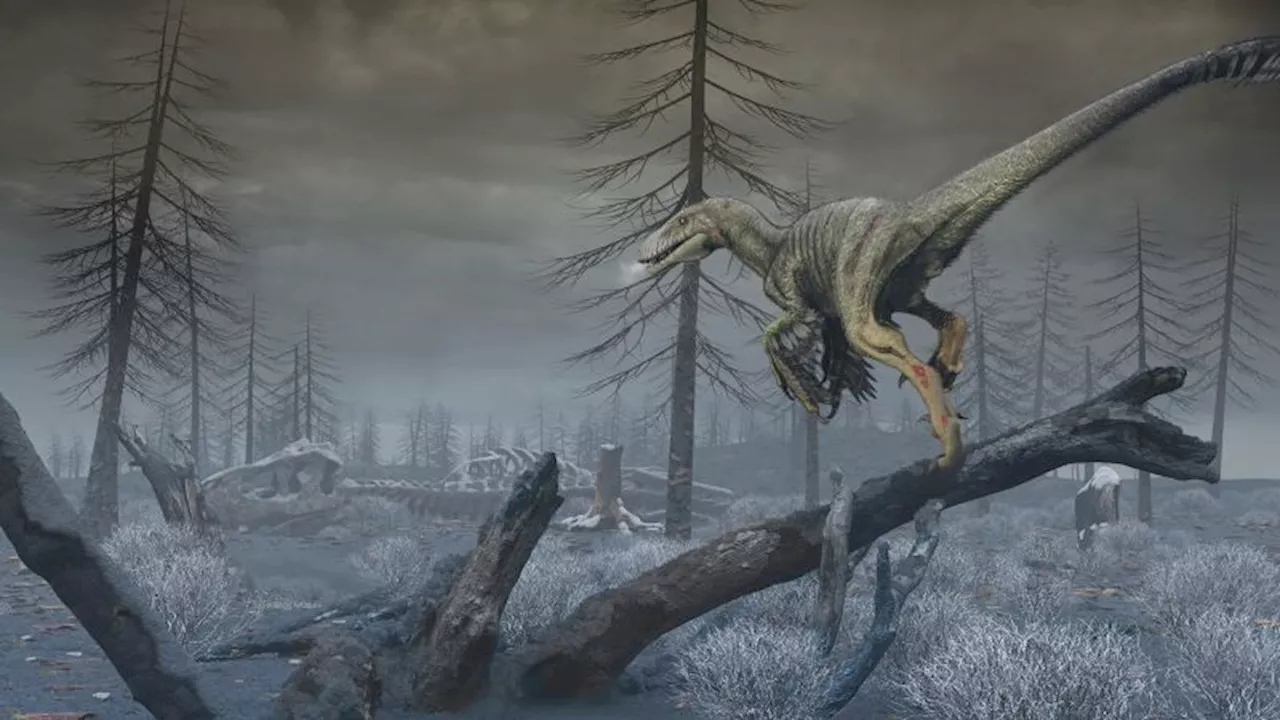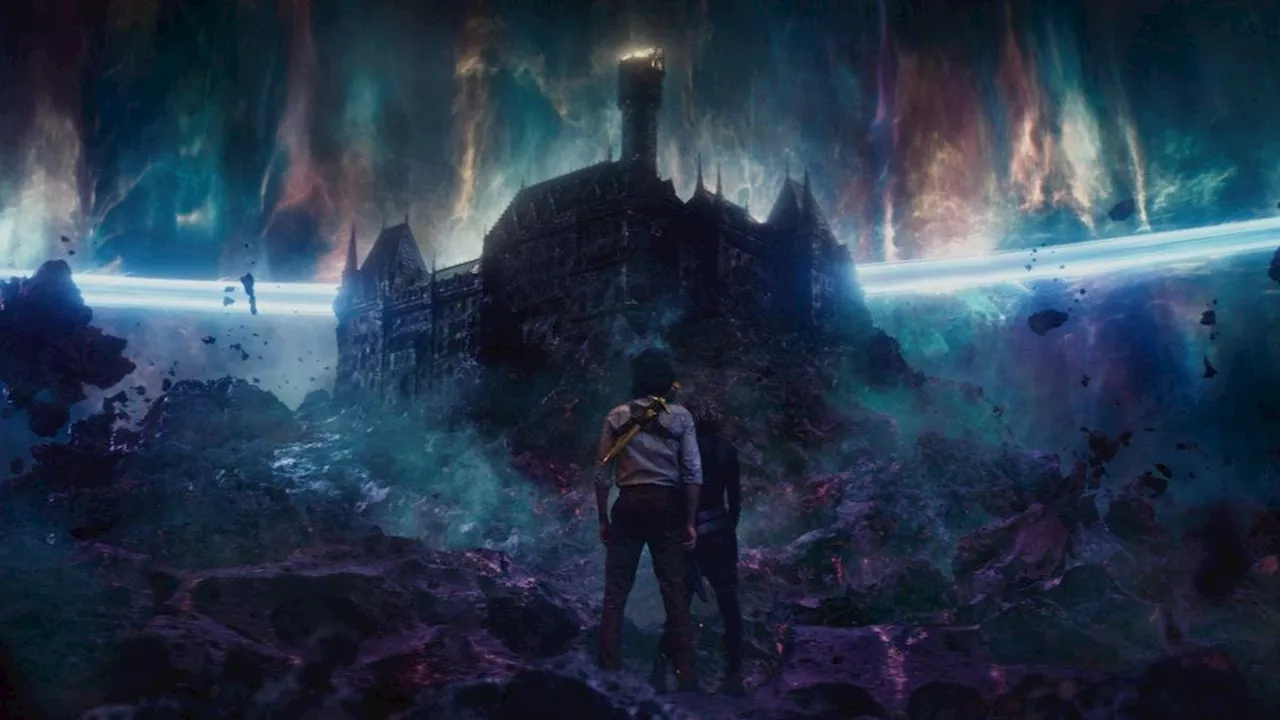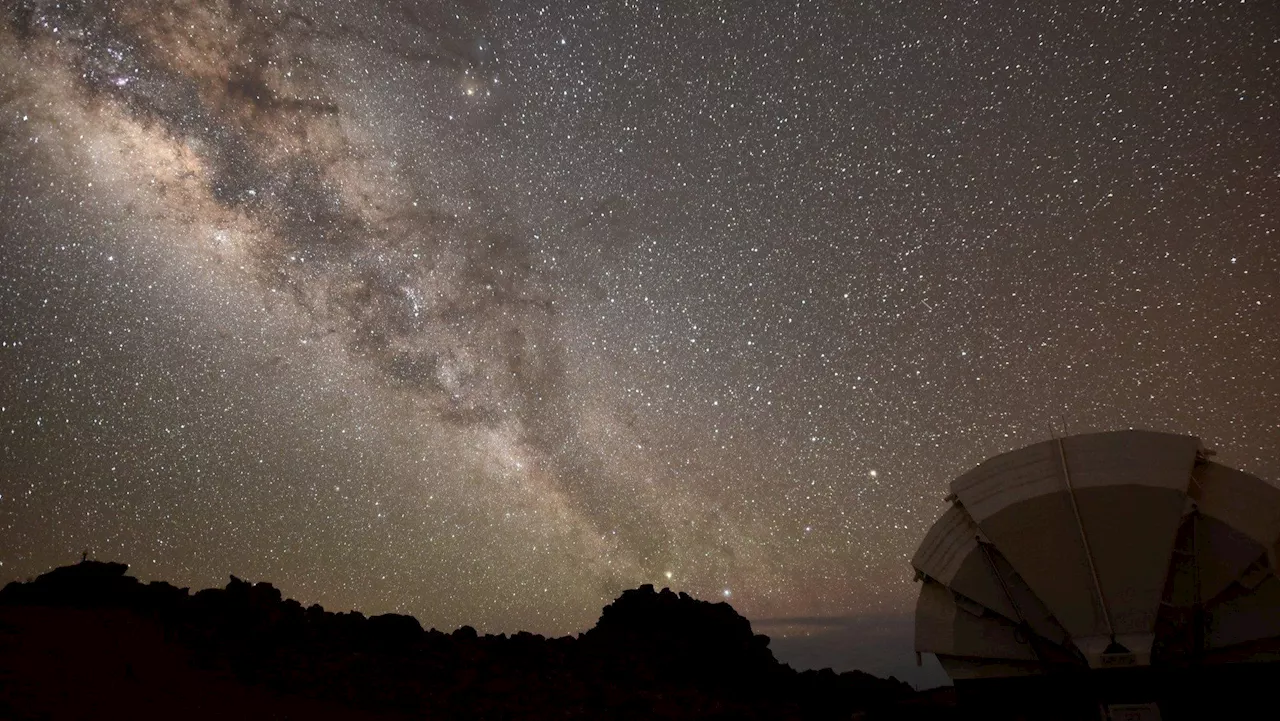Briley Lewis (she/her) is a freelance science writer and Ph.D. Candidate/NSF Fellow at the University of California, Los Angeles studying Astronomy & Astrophysics. Follow her on Twitter @briles_34 or visit her website www.briley-lewis.com.
In the summer, astronomers spotted an airplane-sized asteroid—large enough to potentially destroy a city—on an almost-collision course with Earth. But no one saw the space rock until two days after it had zoomed past our planet. This asteroid, named 2023 NT1, passed by us at only one-fourth of the distance from Earth to the moon. That’s far too close for comfort. Astronomers weren’t going to let this incident go without a post-mortem.
, the “Asteroid Terrestrial-impact Last Alert System”—four telescopes in Hawaii, Chile, and South Africa—discovered NT1 after the rock flew by. 's entire purpose is to scour the skies for space rocks that might threaten Earth. So with this set of eyes on the sky, how did we miss it? It turns out that Earth has what Brin Bailey, UC Santa Barbara astronomer and lead author on the paper, calls a “blindspot.” Any asteroid coming from the direction of the sun gets lost in the glare of our nearest star.
Canada Latest News, Canada Headlines
Similar News:You can also read news stories similar to this one that we have collected from other news sources.
 Asteroid that doomed the dinosaurs halted a key process for life on Earth, scientists sayFine dust thrown up into Earth’s atmosphere after an asteroid strike 66 million years ago blocked the sun to an extent that plants were unable to photosynthesize, a new study has found.
Asteroid that doomed the dinosaurs halted a key process for life on Earth, scientists sayFine dust thrown up into Earth’s atmosphere after an asteroid strike 66 million years ago blocked the sun to an extent that plants were unable to photosynthesize, a new study has found.
Read more »
 New Marvel Book Designates MCU as Earth-616, Creating More Multiversal HeadachesSomewhere out there Iman Vellani is very upset about something, and she is not quite sure why.
New Marvel Book Designates MCU as Earth-616, Creating More Multiversal HeadachesSomewhere out there Iman Vellani is very upset about something, and she is not quite sure why.
Read more »
 In early 2029, Earth will likely lock into breaching key warming threshold, scientists calculateA new study says that in a little more than five years the world will likely be unable to stay below the internationally agreed temperature limit for global warming if it continues to burn fossil fuels at its current rate
In early 2029, Earth will likely lock into breaching key warming threshold, scientists calculateA new study says that in a little more than five years the world will likely be unable to stay below the internationally agreed temperature limit for global warming if it continues to burn fossil fuels at its current rate
Read more »
 In early 2029, Earth will likely lock into breaching key warming threshold, scientists calculateA new study says that in a little more than five years the world will likely be unable to stay below the internationally agreed temperature limit for global warming if it continues to burn fossil fuels at its current rate.
In early 2029, Earth will likely lock into breaching key warming threshold, scientists calculateA new study says that in a little more than five years the world will likely be unable to stay below the internationally agreed temperature limit for global warming if it continues to burn fossil fuels at its current rate.
Read more »
 In early 2029, Earth will likely lock into breaching key warming threshold, scientists calculateA new study says that in a little more than five years the world will likely be unable to stay below the internationally agreed temperature limit for global warming if it continues to burn fossil fuels at its current rate.
In early 2029, Earth will likely lock into breaching key warming threshold, scientists calculateA new study says that in a little more than five years the world will likely be unable to stay below the internationally agreed temperature limit for global warming if it continues to burn fossil fuels at its current rate.
Read more »
